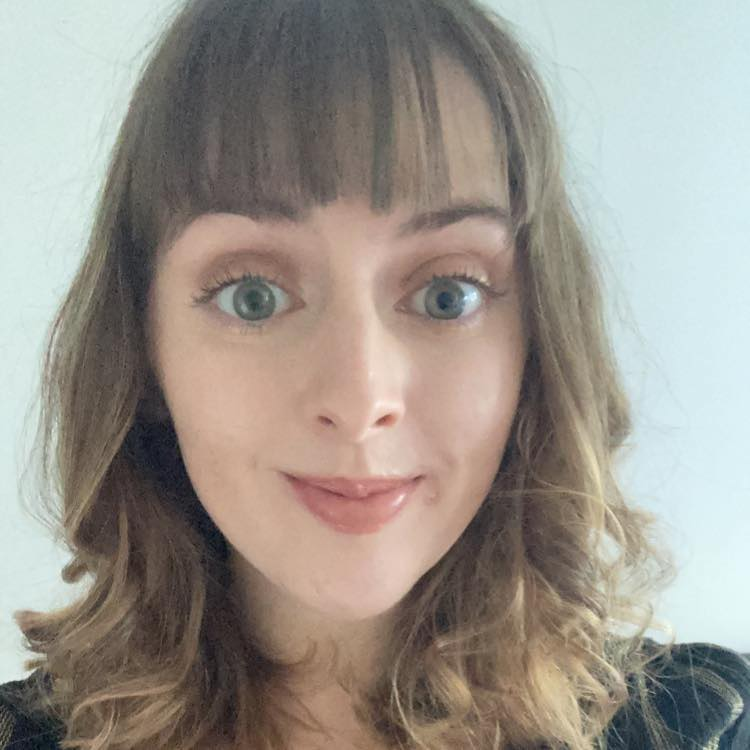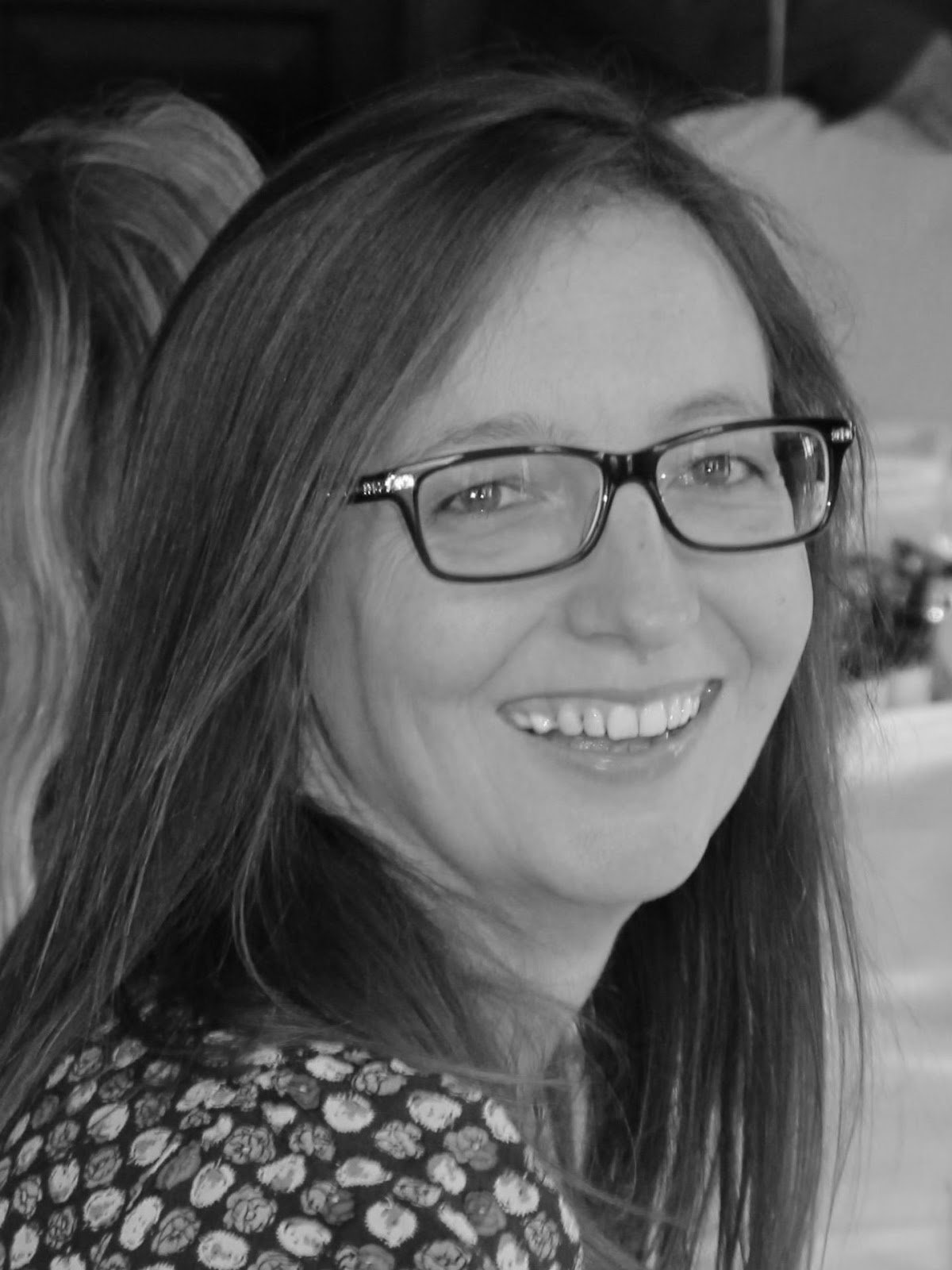The U-2 Crisis & the Paris Peace Summit (AQA GCSE History) : Revision Note
How did the U-2 Crisis and Paris Peace Summit impact Cold War tensions? - Summary
The U-2 Crisis increased Cold War tensions because it showed that the USA was secretly spying on the Soviet Union, even while peace talks were being planned.
In May 1960, an American U-2 spy plane was shot down over Soviet territory, and the pilot, Gary Powers, was captured. The USA at first tried to deny it, but the USSR had clear evidence that the plane had been used for spying. This created anger and embarrassment, and made it harder for the superpowers to trust each other.
The Paris Peace Summit, which was meant to improve relations, collapsed as a result of the U-2 incident. Soviet leader Khrushchev demanded an apology, but President Eisenhower refused. Khrushchev walked out of the summit, and no agreements were made on key issues like Berlin or nuclear weapons. This failure increased tension between the two nations.
What was the U2 Crisis?
On 1st May 1960, the Soviet Union shot down a U-2 spy-plane
The US Air Force and the CIA used U-2 planes to take photos of enemy countries and perform espionage operations
Eisenhower initially denied that the plane that the Soviet Union shot down was a spy plane
He made a statement claiming that it was a weather plane that had drifted off course
The Soviet Union questioned the plane's pilot, Gary Powers
Powers admitted that he worked for the CIA and that he used the plane to gain intelligence on the Soviet Union
He received a ten-year prison sentence
The Soviet Union returned Powers to the USA in February 1962 as part of a prisoner exchange

Examiner Tips and Tricks
The U2 incident was not just about one spying incident. It showed how the superpowers used spying instead of open communication.
Examiners want to see how the crisis fits into the bigger picture of Cold War tensions, especially for 16-mark questions.
How did the U2 Crisis impact the Paris Peace Summit?
In May 1960, the leaders of the USA, USSR, Britain, and France planned to meet at the Paris Peace Summit
Key issues to be discussed in Paris included:
the future of Berlin, which remained a major source of tension
possible disarmament agreements, including reducing nuclear weapons
improving East–West relations and promoting peaceful coexistence
At the summit, Khrushchev demanded an official apology from the USA and an end to spying on the USSR
President Eisenhower refused to apologise
On 11th May, Eisenhower acknowledged that the Soviets had shot down a spy-plane
He stated the importance of US espionage missions for the country's safety
What were the outcomes of the Paris Peace Summit?
The summit broke down completely
Khrushchev walked out of the meeting in protest
No agreements were made on Berlin, disarmament, or cooperation
The U-2 incident damaged US–Soviet relations, increasing mistrust between the superpowers
It also damaged Eisenhower’s reputation, especially as he was about to leave office
It left relations in a worse state for his successor, John F. Kennedy
Wider consequences of the Paris Peace Summit
Who was to blame for the failure of the Paris Peace Summit?
Many blamed the United States for:
spying on the USSR during a time when peace talks were planned
refusing to apologise, which made the USSR less willing to negotiate
However, some historians argue that Khrushchev may have wanted the summit to fail
He may have used the U-2 incident to appear strong in front of his political rivals in Moscow
It gave him a chance to show that he could stand up to the USA without agreeing to compromise
Increased fear of communism and spying in the USA
The U2 Crisis was not a one-off incident
Both the USA and the Soviet Union were spying on each other
In the 1950s, there were famous examples of Soviet 'spies' captured in the US
Alger Hiss
Hiss was a high-ranking US government official accused of being a Soviet spy
He was convicted of perjury in 1950, which increased public fear that communists had infiltrated powerful position

Julius and Ethel Rosenberg
The Rosenberg's were accused of passing atomic secrets to the USSR
They were executed in 1953
The first American civilians to be put to death for spying
Their case became hugely controversial and deepened American fears about Soviet espionage

Key figures and groups established in the US to prevent spying in the USA:
HUAC
Senator Joseph McCarthy
HUAC (House Un-American Activities Committee)
Investigated suspected communist activity in America, especially in the government, military, and Hollywood
People were often blacklisted or lost their jobs if accused
Senator Joseph McCarthy and McCarthyism
In the early 1950s, McCarthy claimed that there were communists inside the US government
He led a campaign of fear and accusations, with little or no real evidence
McCarthyism created a climate of panic and suspicion, known as the Red Scare

Worked Example
Source A is critical of the Dwight Eisenhower. How do you know?
Source A: A Soviet cartoon published in May 1962

Answer:
Source A is critical of Dwight Eisenhower due to the content. The content of the source shows Eisenhower holding a paint pot and brush, appearing to paint the U-2 spy plane to look like a dove, a symbol of peace (1). This suggests he is trying to make the plane, and American actions, appear peaceful, when in reality it wanted to increase tension. This links to the Paris Peace Summit in 1960, where Eisenhower claimed he wanted peace, but the exposure of the U-2 incident showed that the USA was still carrying out secret surveillance missions against the Soviet Union (1).
Another way Source A is critical of Eisenhower is due to the author. The cartoon was created by a Soviet cartoonist, who would have been critical of the USA and its president during the Cold War (1). The source mocks Eisenhower’s lack of honesty and sincerity, suggesting that his peaceful image at the Paris Peace Summit was false and that he was to blame for increasing Cold War tension and the failure of the summit (1).
Examiner Tips and Tricks
You must use the provenance of the provided source to answer the 4-mark “How do you know” question.
The provenance usually tells you:
who created the source
what type of source it is, for example, a newspaper article
when the source was made
where the source was created
For the example question, here is a breakdown of the provenance of Source A:
Who | A Soviet cartoonist |
|---|---|
What | A cartoon on the U2 Crisis |
When | 1962 |
Where | Based on Eisenhower and the U2 spy plane |
For further guidance on this question, you can read this revision note on how to answer the 4-mark “How do you know” question.

You've read 0 of your 5 free revision notes this week
Sign up now. It’s free!
Did this page help you?

